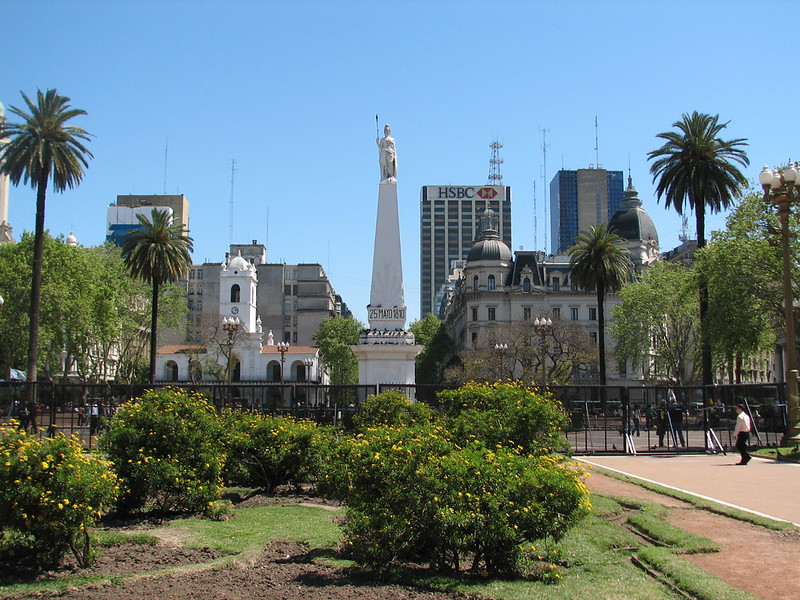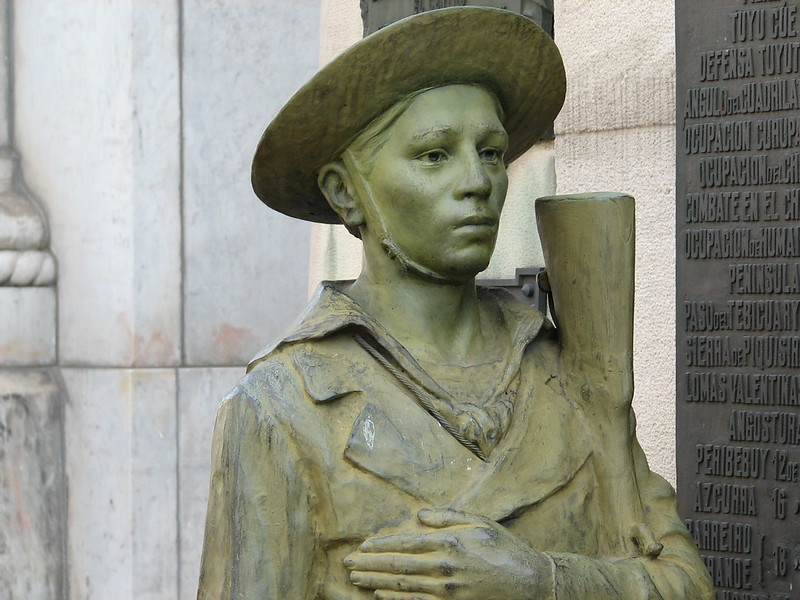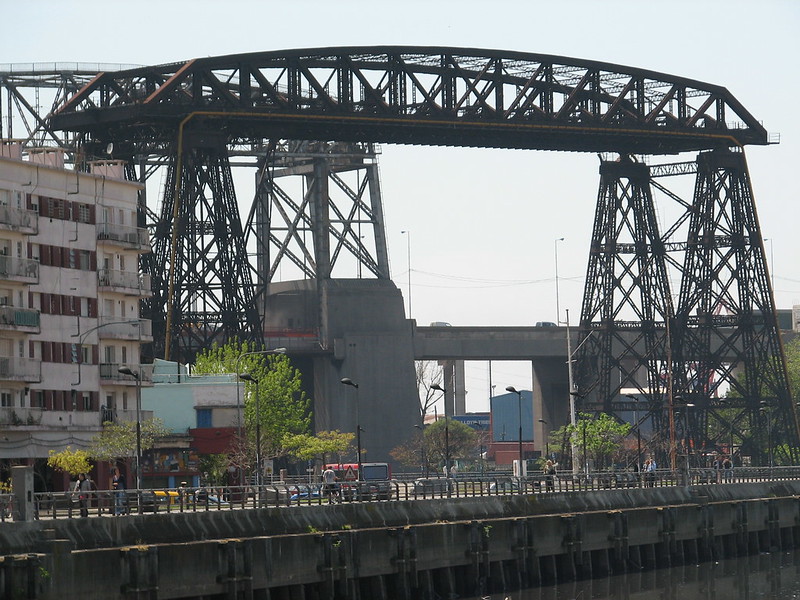Blog TWHS Visits
Buenos Aires 1880-1920
Few people will skip Buenos Aires while visiting Argentina, but the capital has remained largely under the radar on this website. It is part of the Buenos Aires – La Plata: Two capitals of the Culture of Modernity, Eclecticism and Immigration TWHS from 2018. The proposed site connects the eclectic late 19th, early 20th century architecture of both cities, “developed with unrestricted liberality” with the use of knowledge of immigrants.

Before writing up the TWHS description as part of our TWHS project, I had no idea how broad this proposal was. The list of ‘Selected Areas and Monuments’ names over 90 specific locations, so it would be hard to have been to Buenos Aires and not touched it. I visited the city in 2008; below I present four of the included neighbourhoods with their highlights from the focus period 1880-1920.
Opposites at the Civic Axis
The financial district of Buenos Aires is all about appearances: I noticed a lot of people walking down the streets dressed in chic business attire. But there was also that 10 year old boy trying to sell pens to customers in a restaurant. No wonder social protest belongs to this city. There’s always something going on at the Plaza de Mayo (1884). I stumbled upon a demonstration in favour of the release of 6 Paraguayans. Fences had been placed so that people could only move around to a limited extent, a mobile police unit was watching from a distance. A bit further away, a group of women with banners was already warming up for their protest for better health care.
Other notable components in this district include the stations of the first underground railway of Buenos Aires (1913).

Recoleta: the biggest tourist attraction is a cemetery
Recoleta is a beautiful neighborhood, one of the richest of Buenos Aires. Its main attraction is the La Recoleta cemetery (founded 1822, remodeled 1881). I wouldn't have been surprised if an entrance fee was charged to enter the grounds of the cemetery. A map at the entrance shows where the most famous graves are - all famous Argentinians unknown to me. The tombs, usually family mausolea, are located on straight streets like it's a small town. There is lots of marble, and classical Greek / Roman and Catholic sculpture; most materials used here were imported from Paris and Milan. The fact that some of the graves are in disrepair, with flowers growing on the roofs, broken windows and attached spider webs, adds extra atmosphere to the site.
Other notable components in this district include the 'Monument of France to Argentina' (1910) and several residences.
A cycle tour will get you to the suburbs
I joined a 4 hour guided cycle tour to cover more ground. Beforehand I wondered how it would be to navigate the busy Buenos Aires traffic – but we just rode on the sidewalk. Our first stop was the memorial to the soldiers fallen during the Falklands War. A salient detail about this location is that it is exactly opposite "little Big Ben", the Torre Monumental (1916) - a gift from the city’s British residents when relations between the two countries were better.
Via narrow paths and through city parks we rode to the harbour, Puerto Madero (1897). Its old warehouses have been turned into restaurants and offices, the subject of 21st century renewal.

La Boca before the Age of Maradona
La Boca district is one of the oldest and most traditional parts of the city; it is mostly known as the cradle of Diego Maradona. Originally, Italian immigrants settled here. After the Second World War, more and more migrants from other countries arrived, and it became a poor working-class neighborhood. It still looks very Italian, with many Italian restaurants and men on the streets drinking and whistling to whoever comes by. At its edge lies the Buenos Aires Transporter Bridge (1908). It connects La Boca neighbourhood with the other side of the Matanza River.
Another notable component in this district is the 'Italo-Argentina Electricity Company Factory' (1916).
Els - 21 February 2021